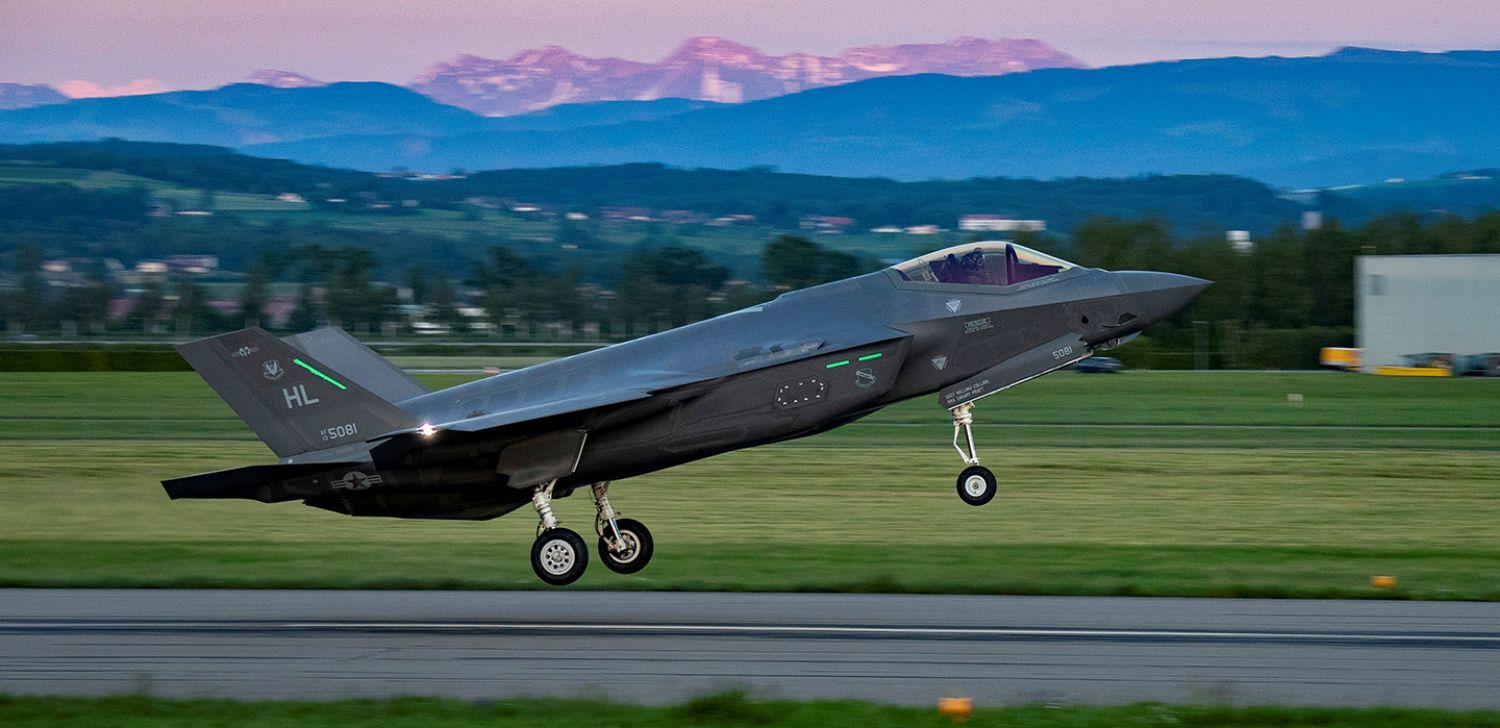Switzerland releases details of F-35 and Patriot missile deal
The Swiss Federal Armament Office made public a lot of information on the contracts signed with the US for the acquisition of 36 F-35 fighter jets and 5 Patriot anti-aircraft missile batteries.
This report issued by the Swiss Government is an excellent opportunity to get a better idea of the main characteristics of these types of large military contracts.
Part the information provided here had already been advanced (in less detail) in July of this year, when the Federal Council had to explain to Parliament why it recommended the F-35 and Patriot systems.
Currently, the contracts (or Letters of Offer and Acceptance, LOA) have already been signed unilaterally by the U.S. In 2022, the Swiss parliament will be asked to approve the commitment loans. If these are granted, Switzerland will sign the LOAs and the contract will enter into force.
The repayment schedules were calculated based on inflation forecasts and the future exchange rate of the Swiss mark to the dollar at a rate of 0.95 francs to the dollar. This allowed the calculation of the credits that will need to be taken.
F-35 Lightning II
After making all the calculations and projections for the Swiss economy up to 2031, it was determined that the designated budget for the purchase of the fighter aircraft should be set at 6.3 billion Swiss francs (or US$ 6.631 billion at the value of 0.95). The 36 Lockheed Martin F-35 fifth-generation fighter jets will end up costing about $6.352 billion, lower than projected.
F-35A Acquisition Costs
This US$ 6,352 million is broken down as follows:
- US$ 4,029 million for the 36 F-35As
- US$ 2,028 million for the logistics package with ground material, replacement material, documentation, training and technical support from the manufacturer during the introduction.
- 112 million for ammunition
- 90 million for systems for training and mission planning and evaluation
- 86 million for any technical risk: the F-35A is being procured in the same configuration used in other countries, and the manufacturer uses the same standards and processes used to manufacture more than 3,000 aircraft. This means that a risk premium can be expected to be low compared to other procurement projects.
- 5.2 million variable for assumed inflation. A lower figure for inflation can also be used as it only relates to the proportion of direct orders in Switzerland, i.e. RUAG.
Patriot air defense missile system
Patriot air defense missile system
Contracts for the Patriot long-range land-based air defense are subject to the same conditions as the F-35A. Procurement of the Patriot system is currently estimated at $2.091 billion.
The acquisition consisted of:
- 5 radars AN / MPQ-65
- 5 combat control stations AN / MSQ-132
- 17 M903 launchers
- 70 Patriot guided missiles MIM-104E
- 6 multifunctional information distribution systems (MIDS-LVT)
- 5 power units
Also included are maintenance, repair and logistics, and training of personnel, as well as their transportation and deployment.
Offsets
The two acquisitions result in offset transactions of approximately $4,421 million. The aircraft manufacturer will enter into offset transactions worth US$ 3,052 million. About $1,052 million of this relates to direct offsets, i.e. orders from the foreign manufacturer to Swiss companies in connection with the acquisition of aircraft.
The air defense system manufacturer (Raytheon) will generate $1.368 billion in offset transactions, $273 million of which will be for direct offsets.
Offset obligations must be fulfilled no later than four years after final delivery. No offsets arise from VAT (IVA), risk premium and direct orders from the federal government to Swiss companies.
Much of this data is usually reserved in other countries, but the transparency of the Swiss government allows us to appreciate the composition of defense contracts of this type, and in particular the current sales value of the Lockheed Martin F-35A.





Comentarios
Para comentar, debés estar registrado
Por favor, iniciá sesión